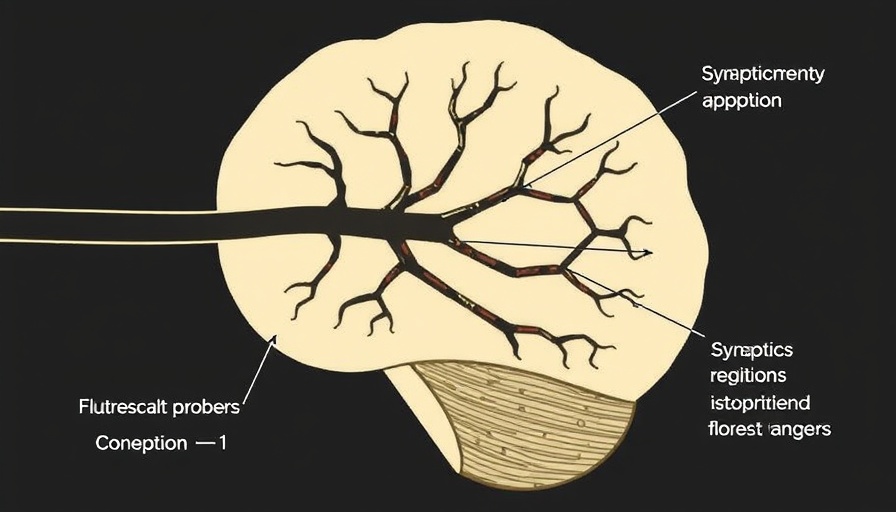
Revolutionizing Drug Delivery to the Brain
Recent advancements in ultrasound imaging technology are set to transform how drugs are delivered to the brain, a prospect that could significantly enhance treatment options for patients with a variety of neurological conditions. This groundbreaking method employs ultrasound to create real-time images, allowing practitioners to monitor and optimize drug delivery directly into targeted brain regions with unprecedented precision.
How Does Ultrasound Imaging Work in This Context?
Ultrasound imaging involves sending sound waves into the brain and capturing the echoes that bounce back, to draw a detailed picture of drug dispersal. Traditionally, administering drugs to the brain has been challenging due to the protective barrier known as the blood-brain barrier (BBB), which selectively allows substances to enter the brain. This innovative approach utilizes microbubbles in conjunction with ultrasound waves to temporarily disrupt the BBB, thus enhancing drug delivery effectiveness.
Looking Back: The Evolution of Drug Delivery Methods
Historically, drug delivery to the brain has relied on systemic administration, which often led to adverse side effects and reduced therapeutic efficacy. The introduction of targeted drug delivery systems—such as nanoparticles—has shown promise but typically lacks the immediacy and feedback that ultrasound provides. By revisiting the advances in imaging and drug delivery, we see a clear trajectory of innovation aiming to enhance patient outcomes.
Potential Benefits of This Technology
The implications of this technology are manifold and could greatly benefit your practice as a concierge health practitioner. Firstly, the ability to visualize drug delivery in real-time enhances decision-making processes, allowing for personalized treatment plans that cater specifically to individual patient needs. Secondly, with higher drug delivery efficiency, patients may experience fewer side effects, as reduced dosages can be administered with a more precise targeting mechanism.
Challenges and Considerations
Despite the promising nature of this technology, practitioners should be aware of potential challenges. Medical professionals will need to become adept at interpreting ultrasound imaging results, necessitating suitable training. Furthermore, ethical considerations surrounding the manipulation of the BBB and the long-term effects of such interventions require thorough exploration and adherence to regulatory guidelines.
Future Trends in Brain Drug Delivery
Looking ahead, we can anticipate even more integration of imaging technologies with therapeutic strategies. As machine learning and artificial intelligence become capable of interpreting complex datasets, they can further inform and refine drug delivery protocols, paving the way for more personalized and efficient treatment options.
Final Thoughts for Health Practitioners
Staying informed about these technological advancements is crucial for practical applications in your practice. Engaging in continuous education will prepare you not only to harness these innovative methods effectively but also to communicate the benefits and limitations to your patients comprehensively. By embracing these developments, you position your practice at the forefront of medical technology, ultimately enhancing patient care.
 Add Row
Add Row  Add
Add 






Write A Comment